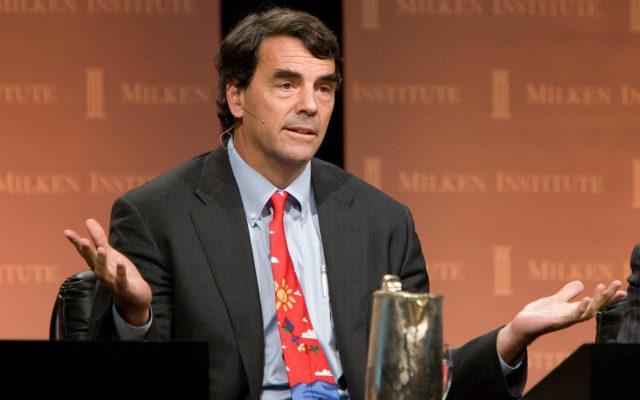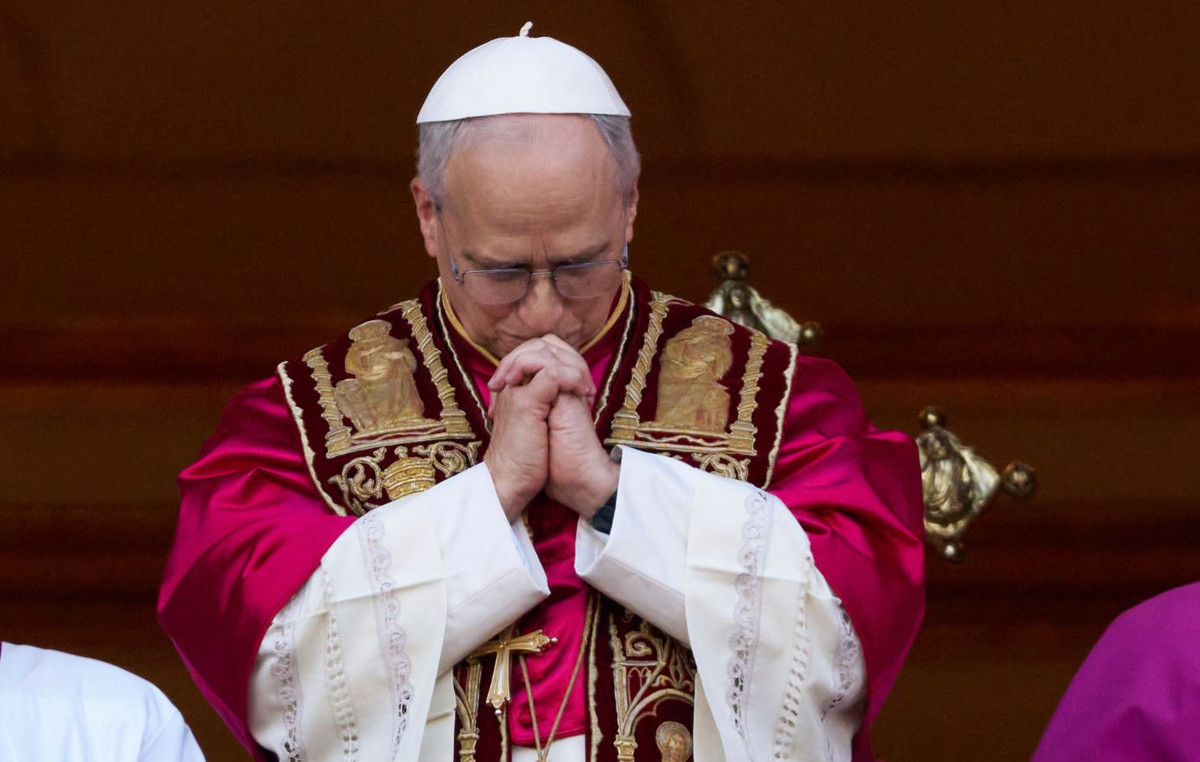He President of the Federal Reserve Bank (Fed) of Minneapolis, Neel Kashkari, spoke Monday at the University of Montana. Kashkari stated that the US central bank cannot “fall short” in the fight against inflation.
Featured Statements
“The inflation rate is around 3% and the Fed has to return to 2%“.
“The bank cannot 'stop dead' in the fight against inflation.”
“The labor market is not 'red hot' like it was 12 months ago, but it is still tight.”
Frequently asked questions about the Fed
What does the Federal Reserve do and how does it affect the dollar?
The monetary policy of the United States is directed by the Federal Reserve (Fed). The Fed has two mandates: achieving price stability and promoting full employment. Your main tool to achieve these objectives is to adjust interest rates.
When prices rise too quickly and inflation exceeds the 2% target set by the Federal Reserve, it raises interest rates, increasing borrowing costs throughout the economy. This translates into a strengthening of the United States Dollar (USD), as it makes the United States a more attractive place for international investors to place their money.
When inflation falls below 2% or the unemployment rate is too high, the Federal Reserve can lower interest rates to encourage borrowing, which weighs on the greenback.
How often does the Federal Reserve hold monetary policy meetings?
The Federal Reserve (Fed) holds eight meetings a year, in which the Federal Open Market Committee (FOMC) evaluates the economic situation and makes monetary policy decisions.
The FOMC is made up of twelve Federal Reserve officials: the seven members of the Board of Governors, the president of the Federal Reserve Bank of New York, and four of the eleven presidents of the regional Reserve banks, who serve for one year on a rotating basis.
What is Quantitative Easing (QE) and how does it affect the USD?
In extreme situations, the Federal Reserve can resort to a policy called Quantitative Easing (QE). QE is the process by which the Fed substantially increases the flow of credit into a clogged financial system.
It is a non-standard policy measure used during crises or when inflation is extremely low. It was the Fed's weapon of choice during the Great Financial Crisis of 2008. It involves the Fed printing more dollars and using them to buy high-quality bonds from financial institutions. QE usually weakens the US dollar.
What is Quantitative Tightening (QT) and how does it affect the US Dollar?
Quantitative tightening (QT) is the reverse process of QE, whereby the Federal Reserve stops buying bonds from financial institutions and does not reinvest the capital of the maturing bonds it has in its portfolio to buy new bonds. It is usually positive for the value of the US Dollar.
Source: Fx Street
I am Joshua Winder, a senior-level journalist and editor at World Stock Market. I specialize in covering news related to the stock market and economic trends. With more than 8 years of experience in this field, I have become an expert in financial reporting.







